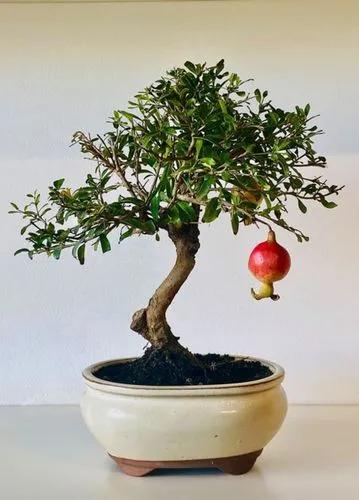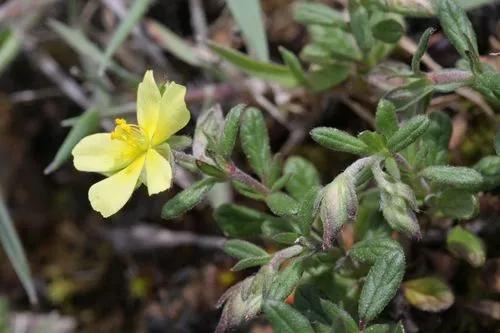Hydrangea petiolaris is a vigorous woody climbing vine plant, growing to 30 to 50 ft (9 to 15 m) height and 5 to 6 ft (2 to 2 m) wide. It grows up trees and rock faces in its native Asian habitats, climbing by means of small aerial roots on the stems. The leaves are deciduous, ovate, 4–11 cm long and 3–8 cm broad, with a heart-shaped base, coarsely serrated margin and acute apex. The flowers are produced in flat corymbs 15–25 cm diameter in mid-summer; each corymb includes a small number of peripheral sterile white flowers 2.5-4.5 cm across, and numerous small, off-white fertile flowers 1–2 mm diameter. The fruit is a dry urn-shaped capsule 3–5 mm diameter containing several small winged seeds.
Hydrangea Petiolaris Care
hydrangea serratifolia/ integerrima



How to Care for the Plant

Water

Similar to other hydrangea plants, climbing hydrangeas like constantly moist soil—in fact, the Greek root hydr- in the name refers to water, while angeon comes from the Greek word for "vessel." They need to receive at least one inch of water weekly (via either rain or traditional watering methods), and can sometimes necessitate more if the weather is especially hot or dry.

Pruning

Once the plants are established, climbing hydrangea tends to be vigorous growers and may need pruning in summer to keep them under control, if desired.

Fertilizer

Fertilize your climbing hydrangea vine each spring before the leaves begin to bud—granular fertilizer with a high phosphorous count will help create beautiful blooms. You can also fertilize again after the flowers have bloomed in the summer, though it's not a must.

Soil

Grow Hydrangea anomala subsp. petiolaris in moist but well-drained soil in shade or partial shade. Hydrangea seemannii and Hydrangea serratifolia need a sheltered, warm spot. Do not allow the soil to dry out, especially in hot weather.

Temperature

This plant is not fond of hot, humid temperatures.

Container

Suitable for container growing

Additional

Hydrangeas are not edible and are poisonous to cats, dogs and horses. All parts of the plant are poisonous because they contain cyanogenic glycoside. Some of the clinical signs you will include diarrhea, vomiting, and or depression. Hydrangea petiolaris is a vigorous woody climbing vine plant, growing to 30 to 50 ft (9 to 15 m) height and 5 to 6 ft (2 to 2 m) wide. It grows up trees and rock faces in its native Asian habitats, climbing by means of small aerial roots on the stems.

Popularity

1,164 people already have this plant 125 people have added this plant to their wishlists
Discover more plants with the list below
Popular articles






